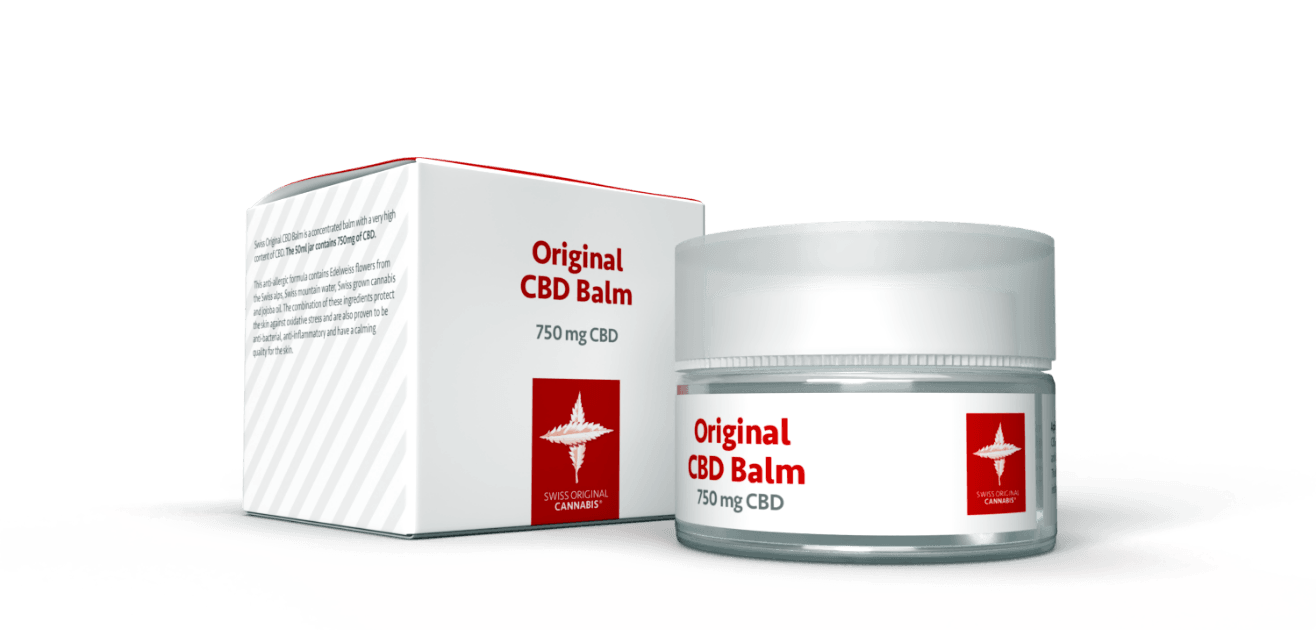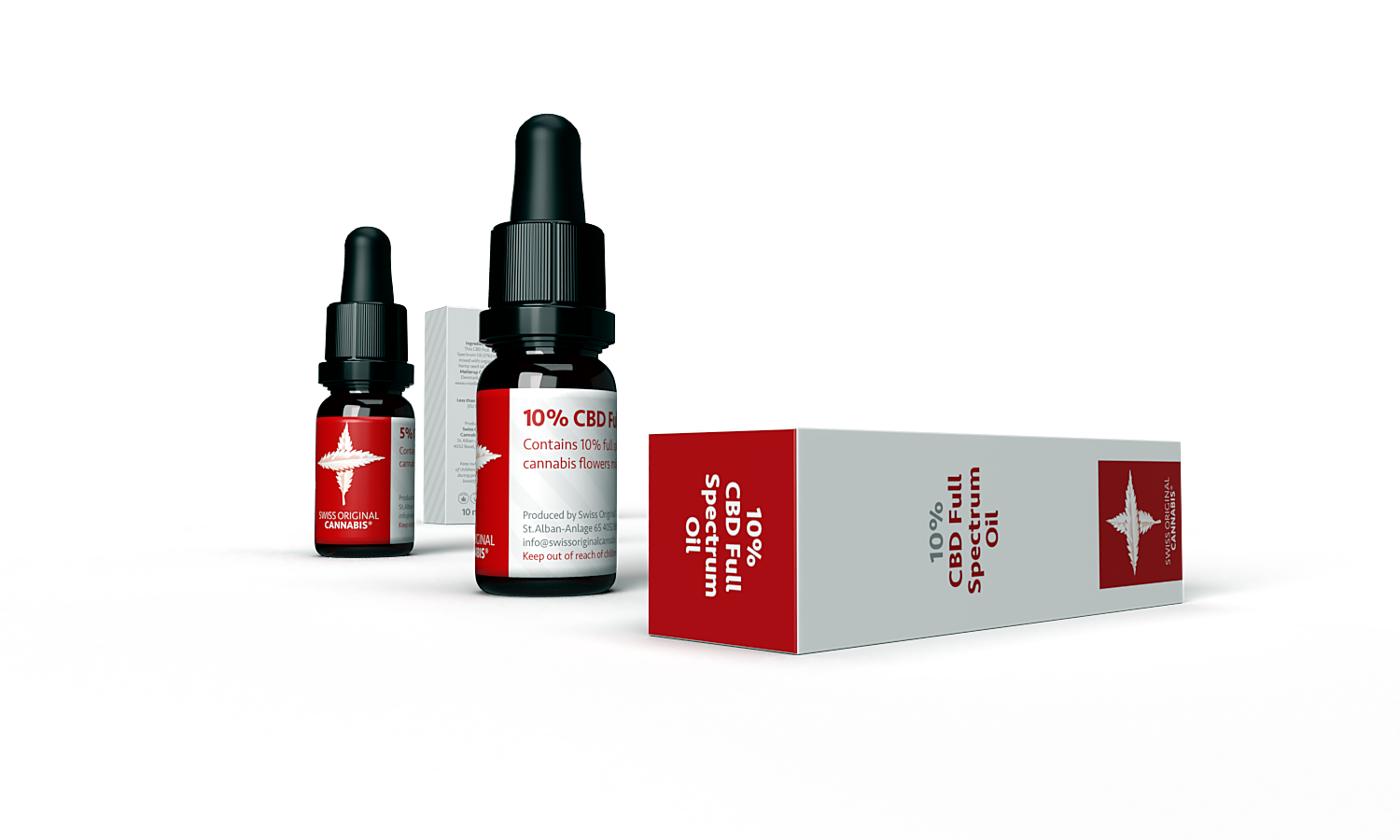The hemp plant, domesticated over 6,000 years ago in China, produces more than 400 organic compounds. The two main groups of molecules with bioactive properties found in hemp are terpenes and cannabinoids—CBD pertains to the latter category.
Cannabinoids are compounds that influence the human nervous system via the endocannabinoid system (ECS). The hemp plant features dozens of cannabinoids, with THC, CBD, and CBG being the most common. They differ in their chemical structure and effects.
CBD is thought to have many therapeutic applications, and is also used as a daily dietary supplement to encourage homeostasis. While beneficial for overall well-being, CBD doesn’t have the psychotropic properties of its cousin, THC.




